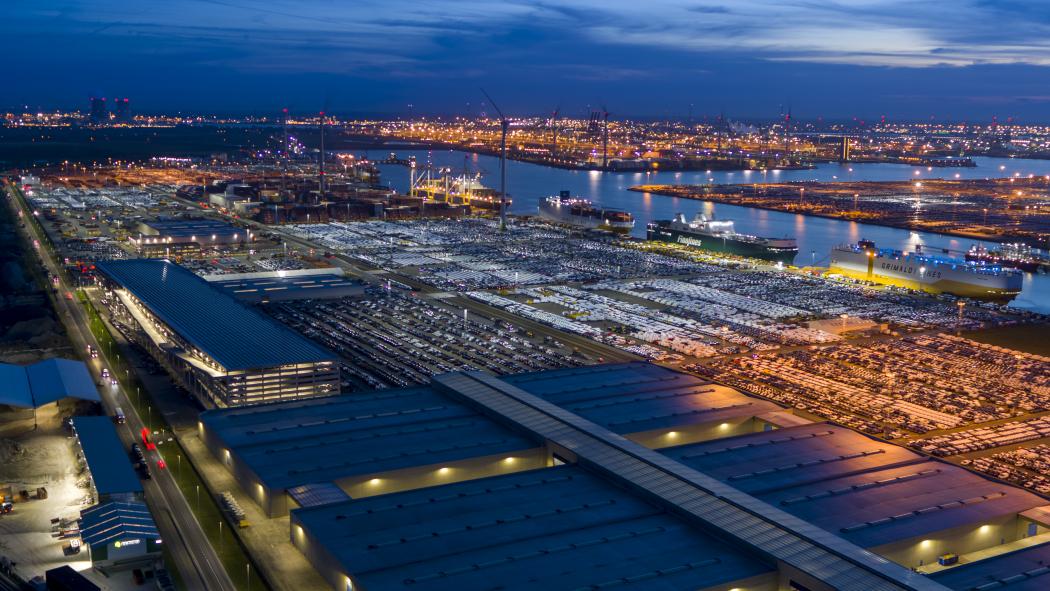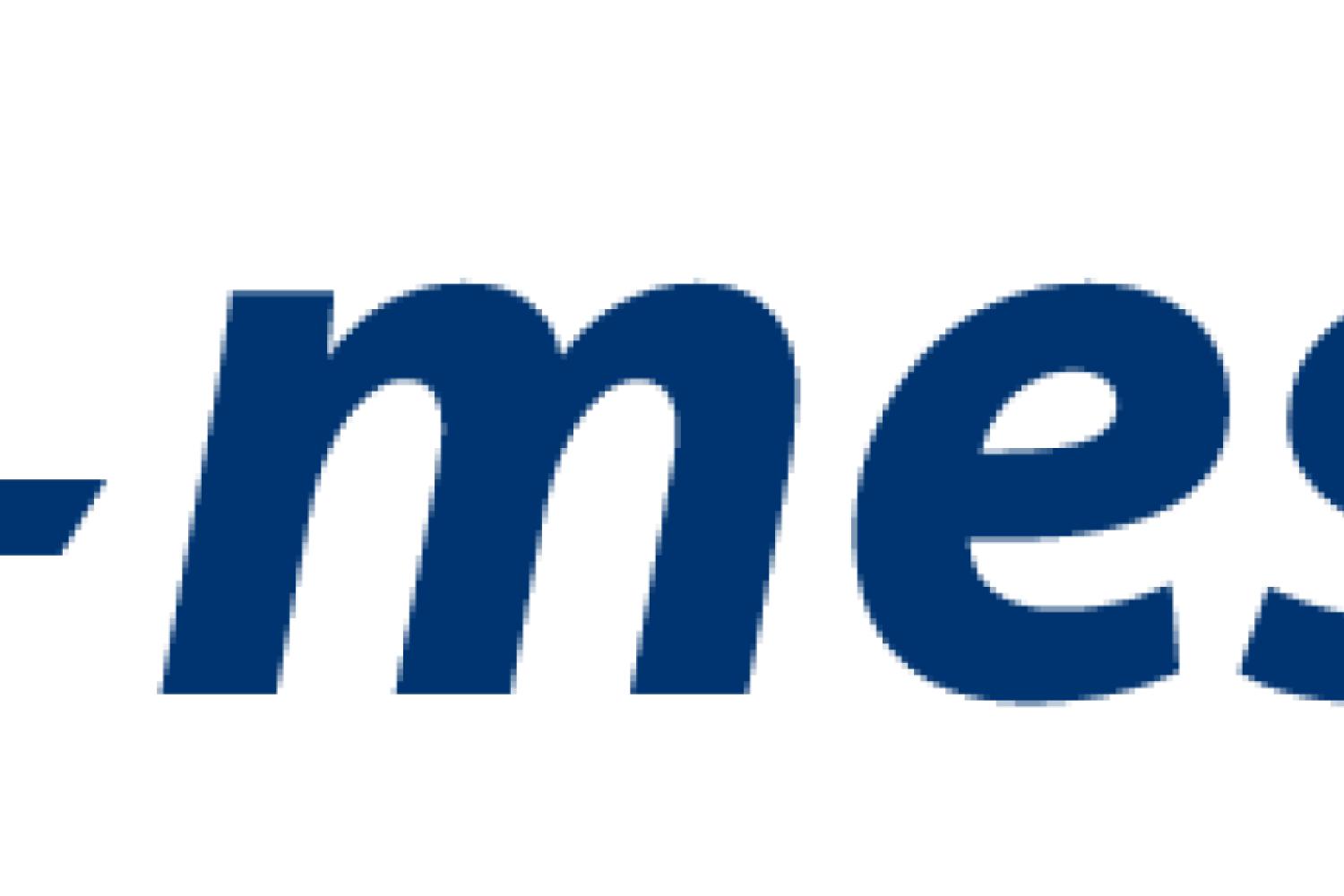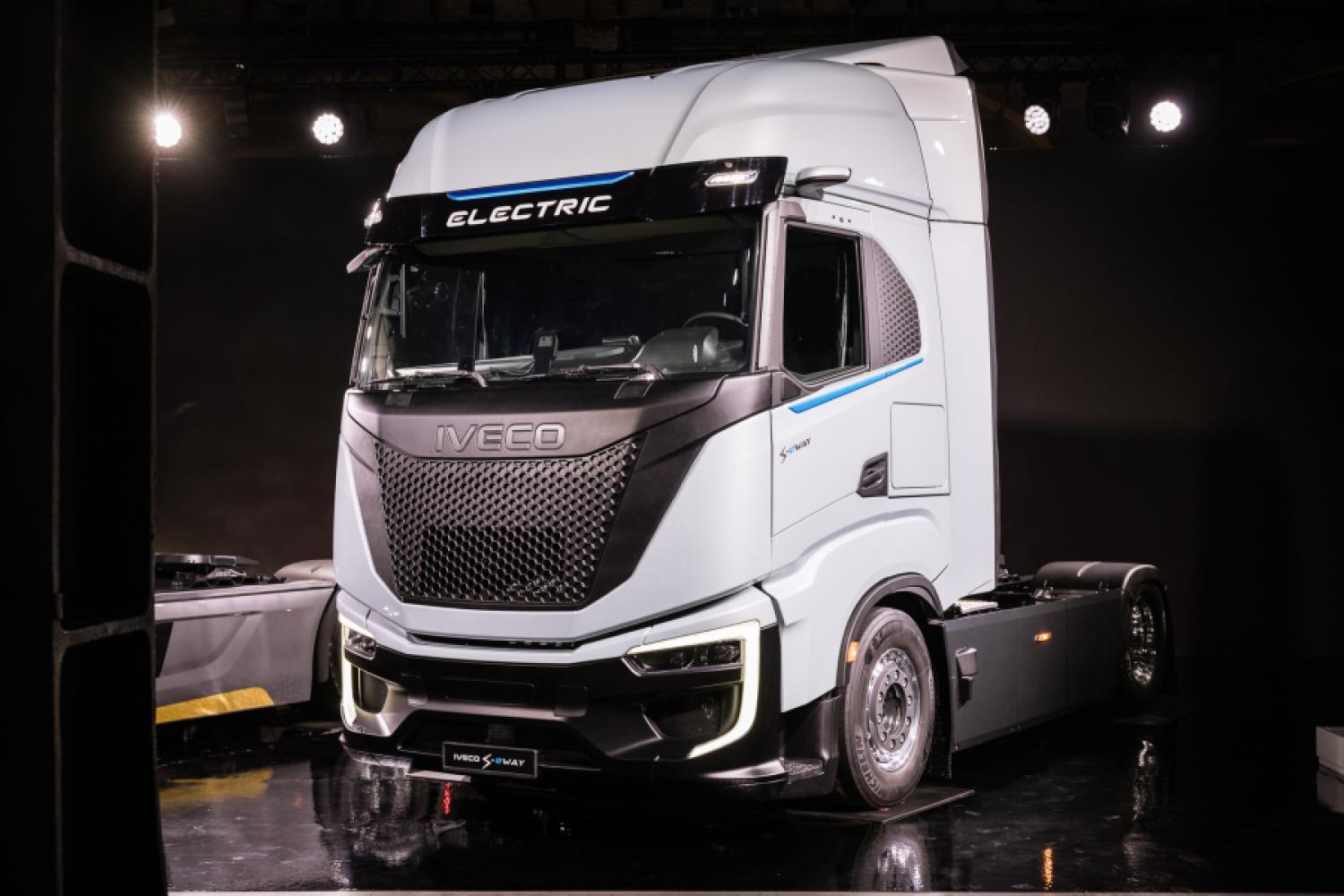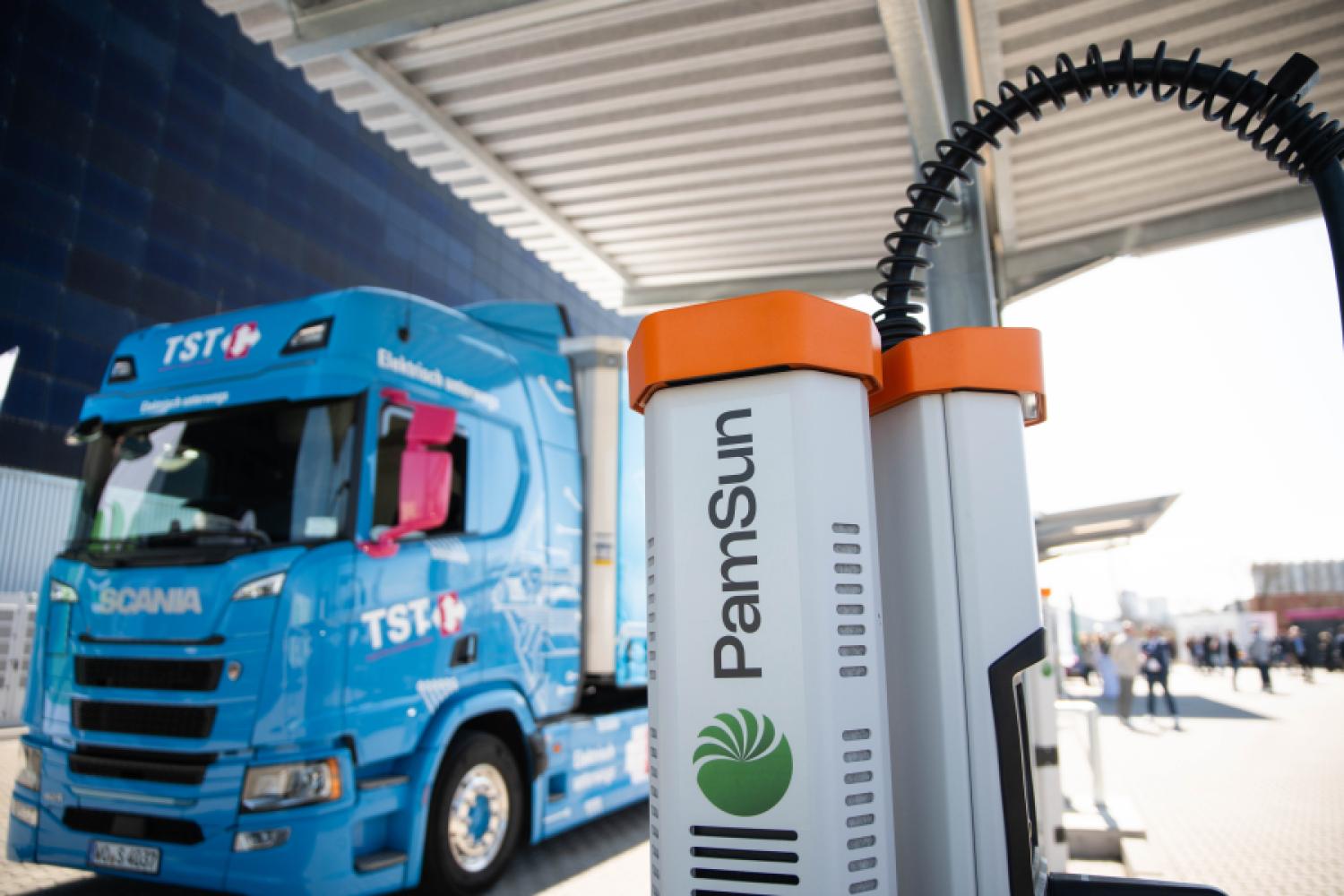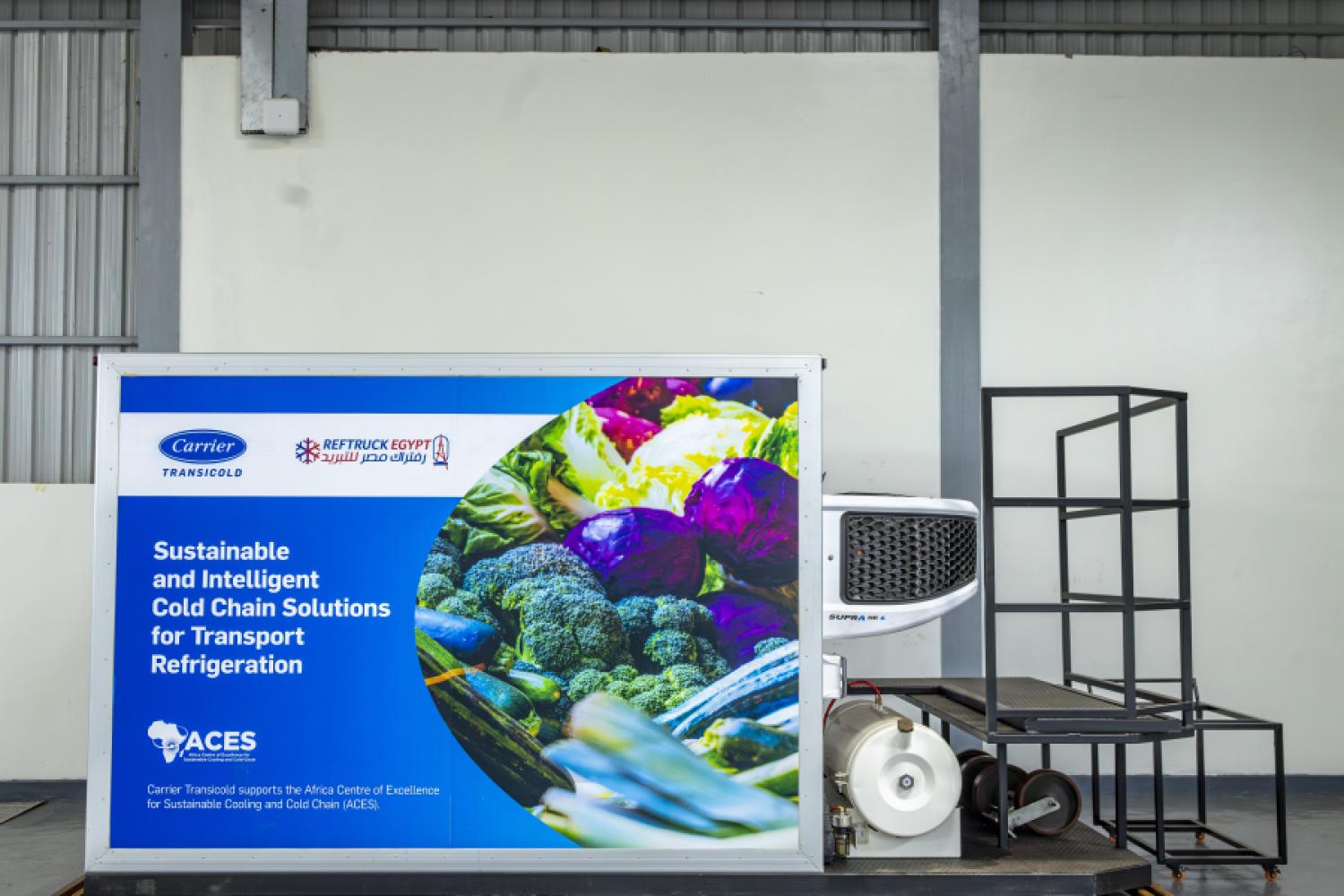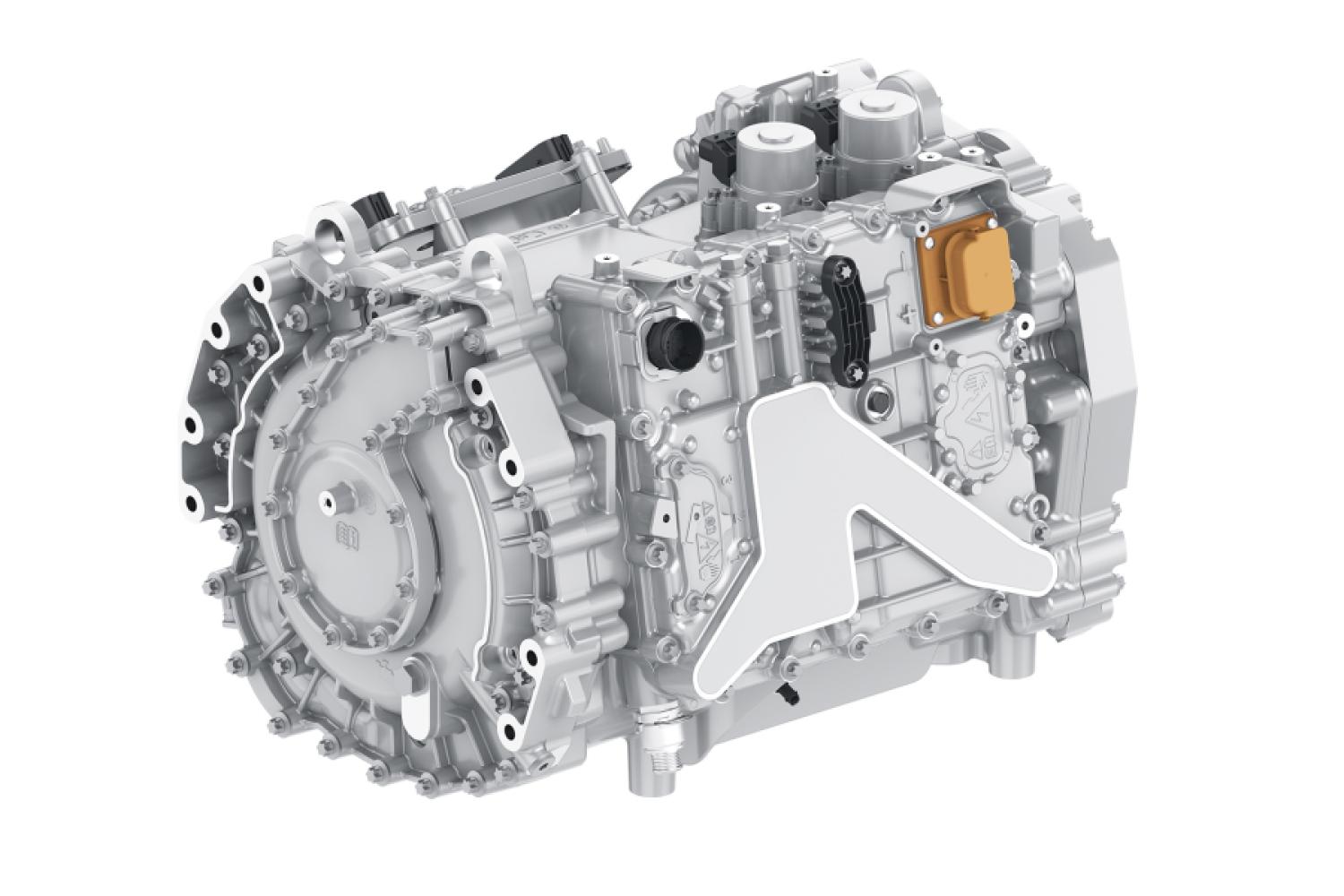The Port of Antwerp-Bruges recorded a 4.3 percent decline in total throughput in the first half of 2025 compared to the same period last year. A total of 137.2 million tons of maritime goods were handled. While container and RoRo traffic increased, there were declines in liquid and dry bulk goods. Terminal bottlenecks and logistical challenges particularly affected operations in and beyond the port area.
Increases in Container Handling with High Utilization
Container handling developed positively: Compared to the first half of 2024, the tonnage handled increased by 3.6 percent to 77 million tons, and the number of TEUs (20-foot equivalent units) increased by 3.7 percent to 6.91 million. The terminal infrastructure continues to be under high pressure due to irregular ship arrivals that persist since the pandemic, as well as diversions around the Red Sea via the Cape of Good Hope. The reorganization of container alliances also temporarily led to increased congestion.
The result: The average dwell time for containers increased from five to seven to eight days. Additional container
movements and strikes exacerbated the operational burden. While the situation on the water side has stabilized, the situation on the land side remains tense. The ECA project (Extra Container Capacity Antwerp) is intended to provide relief through a new dock and more efficient use of space.
Significant Declines in Bulk Goods
In the segment of liquid bulk goods, the volume declined by 17.1 percent. This is due to declining quantities of liquid fuels, naphtha, and LNG as a result of geopolitical tensions, sanctions, and market surpluses. Increases were recorded in LPG and paraffin. Chemical handling increased slightly by 8.9 percent due to biofuels, but without these, it remained stable—a sign of ongoing pressure on the European chemical sector.
In dry bulk goods, a decline of 11 percent was registered. Causes include mainly declining quantities of coal and construction materials. However, fertilizer imports increased significantly as suppliers raised their exports in anticipation of possible new EU tariffs on Russian products.
Mixed Developments in General Cargo and RoRo Segment
Conventional general cargo handling
decreased by 4.3 percent, mainly due to declining volumes in the iron and steel sector. Stricter European import regulations and planned structural measures in China could lead to stabilization here in the medium term.
In the RoRo segment, a 1.4 percent increase was recorded. Although volumes of new vehicles decreased, this was offset by higher handling numbers of trucks, heavy machinery, and especially used cars. The handling of unaccompanied freight decreased by 1 percent, with development varying regionally.
Transatlantic Trade Continues to Gain Importance
Traffic with the United States increased by 17.2 percent in the first half of 2025 to 16.4 million tons. This makes the USA the second most important trading partner for the port after the United Kingdom. Imports from the USA rose by 13.1 percent to 9.7 million tons—particularly in containers and liquid energy carriers such as LNG.
Exports to the USA increased by 23.5 percent to 6.7 million tons, mainly due to fuels and dry bulk goods. At the same time, vehicle exports have declined significantly since
May: Passenger cars and small vans saw a minus of 15.9 percent (76,089 units), while trucks and heavy vehicles decreased by 31.5 percent (11,751 units). Container exports remained stable with 303,000 TEUs.
Outlook: Uncertainty Remains
The development for the second half of 2025 remains difficult to predict. A possible trade agreement between the EU and the USA by August 1 could play a decisive role in bringing more planning security and stability to supply chains.
Jacques Vandermeiren, CEO of Port of Antwerp-Bruges: “In a challenging economic environment, our port demonstrates its resilience. The growth of container traffic proves the strong foundation of the Port of Antwerp-Bruges, even as bulk traffic is under pressure and bottlenecks are felt across Northwest Europe. Our consistently strong trade relations with the United States confirm our role as a transatlantic gateway to Europe. At the same time, the current capacity pressure and operational challenges underline the need for additional container infrastructure. With the ECA project, we are strategically preparing for the future to continue to promote
